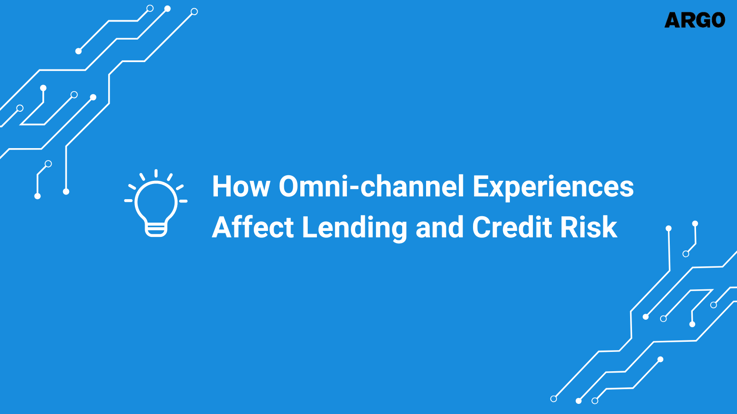How Omni-channel Experiences Affect Lending and Credit Risk

In today’s marketplace, loan applicants across the credit spectrum increasingly expect loan decisions in real time regardless of channel. Speed and convenience have become major purchase criteria, and if timely decisions and updates are not provided along the loan journey, applicants abandon the process. Competitors, often non-traditional lenders, then capture market share.
To remain competitive, lenders can transition from traditional manual underwriting processes with high overhead, operational inefficiencies, biases, and inconsistencies to automated credit analysis, decisioning, pricing, workflow, and SLA tracking. Automation accelerates decision speed, strengthens governance and compliance, mitigates credit risk, increases efficiencies, and positions lenders to compete for and win loan business.
Mitigating credit risk and increasing efficiency in an Omni-channel delivery environment has become increasingly important for banks and credit unions. Loan quality is generally lower in digital delivery channels than a traditional delivery model, with non-viable opportunities accounting for as many as 90 percent of digital credit requests. The increased volume and decreased value can rapidly overwhelm an institution’s staff when using traditional lending models. Processing loan applications through intelligent decisioning before assigning them to human capital minimizes labor and vendor cost, mitigates credit risk, strengthens customer engagement, and ensures regulatory compliance.
Best practices for processing applications through intelligent decisioning using automation include:
1. Have high data quality for field-level controls, address normalizations and user-guided content.
- Conduct pre-bureau checks for known internal fraud and charge-offs, OFAC, and geographic misalignment.
- Implement post-bureau checks for thin credit files, derogatory credit, bankruptcies, garnishments, legal proceedings, foreclosures, repossessions, and fraud flags.
- Implement automated underwriting for credit scoring, debt-to-income analysis, compliant calculations, and policy evaluations.
- Utilize market segment, relationship, and product for workflow routing, targeted offers, and special pricing.
For more information, download the Mitigating Credit and Compliance Risk through Automation interview document.

